Zinger Ginger
Let say one day, you fell sick. And the kind of sickness you get is cold, cough, sinus, etc. You visit a clinic doctor and he will prescribe you antibiotics. There’s nothing wrong to take that medicine to cure your flu symptoms. After all, that sickness would annoy you for days on end if you don’t do something about it.
Some of you may have thought, “Ummm, I have been taking antibiotics every time I’m sick. Won’t there be a time my body is unable to take on more antibiotics?” So, for a change, you let your body heal on its own through natural remedies. Apart from keeping a well-balanced lifestyle, you start looking for alternatives that heal common illnesses naturally. Guess what? Meet Ginger, one of the most famous botanical plants used for centuries for food consumption & medicinal purposes.
While the focus today is about the ginger flower plant as an ornamental plant, let’s admit it: we all instinctively remember ginger as a food ingredient. You remember ginger as something inside the food you eat. You saw Mum chopping or grating ginger into her frying wok. No doubt that ginger flower is one of the most in-demand flowers in the world for flower arrangement, but it is harder to ignore the greater purpose of ginger that we humans have been using it since ancient times.
Some other interesting stuff about ginger:
- The word ‘ginger’ is derived from Dravidian, a South Asian language mostly spoken by natives in Southern India, Sri Lanka, Pakistan and Afghanistan.
- Ginger is indigenous to the South west coast of India and the Malabar coast of the state of Kerala.
- Edible ginger - Zingiber officinale - is only one of approximately 1,300 species of the very diverse Zingiberaceae family.
- Gingers have been cultivated for millennia in both China and India, and it reached the West at least two thousand years ago.
- Ginger is grown throughout tropicalareas of the world. The most expensive and highest quality varieties generally come from Australia. (Well, most things from Australia are expensive but the quality is worth your tears and hard-earned money.)
- Ginger is commonly used as remedies for colds, coughs, headaches, colon and stomach problems including indigestion, morning sickness, constipation, nausea, sinus congestion, gas or flatulence and appetite improvement. For centuries, traditional Chinese medicine has valued ginger as a tonic for digestion.
- Ginger is crucial in the battle against cardiovascular health.
- Gingerols,the main compound in ginger is valued for its therapeutic properties. That includes reducing side effects of drugs.
- The ginger species you are getting this week is Alpinia purpurata (Red Ginger), also called Ostrich Plume and Pink Cone Ginger. They are not native to South India. Rather, it is one of our homeland’s native plants with showyflowers on long brightly colored red bracts. Yes, this ginger flower species is Malaysian =)
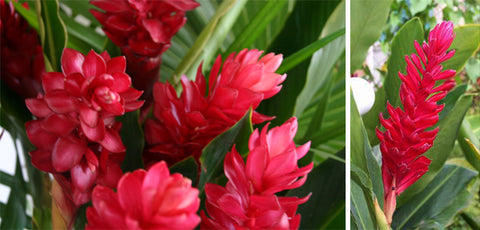
- Don’t confuse this long, cone-shaped ginger with its shorter-comb sister. This sister is the ginger people use in their cooking, especially in Asian and Indian cuisines (think Northern Sumatran and Nyonya dishes. Or ‘laksa’, if you like.) Etlingera elatioris known by many names in different regions of the world. Some of us refer to this ginger as: Torch Ginger, Red Ginger Lily, Wild Ginger Flower, Combrang, Bunga Kantan, Philippine Wax Flower, Xiang Bao Jiaing, Indonesian Tall Ginger, Boca de Dragón, Rose de Porcelaine or Porcelain Rose.
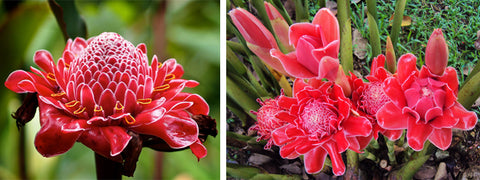
Make someone's day
Send the perfect gift
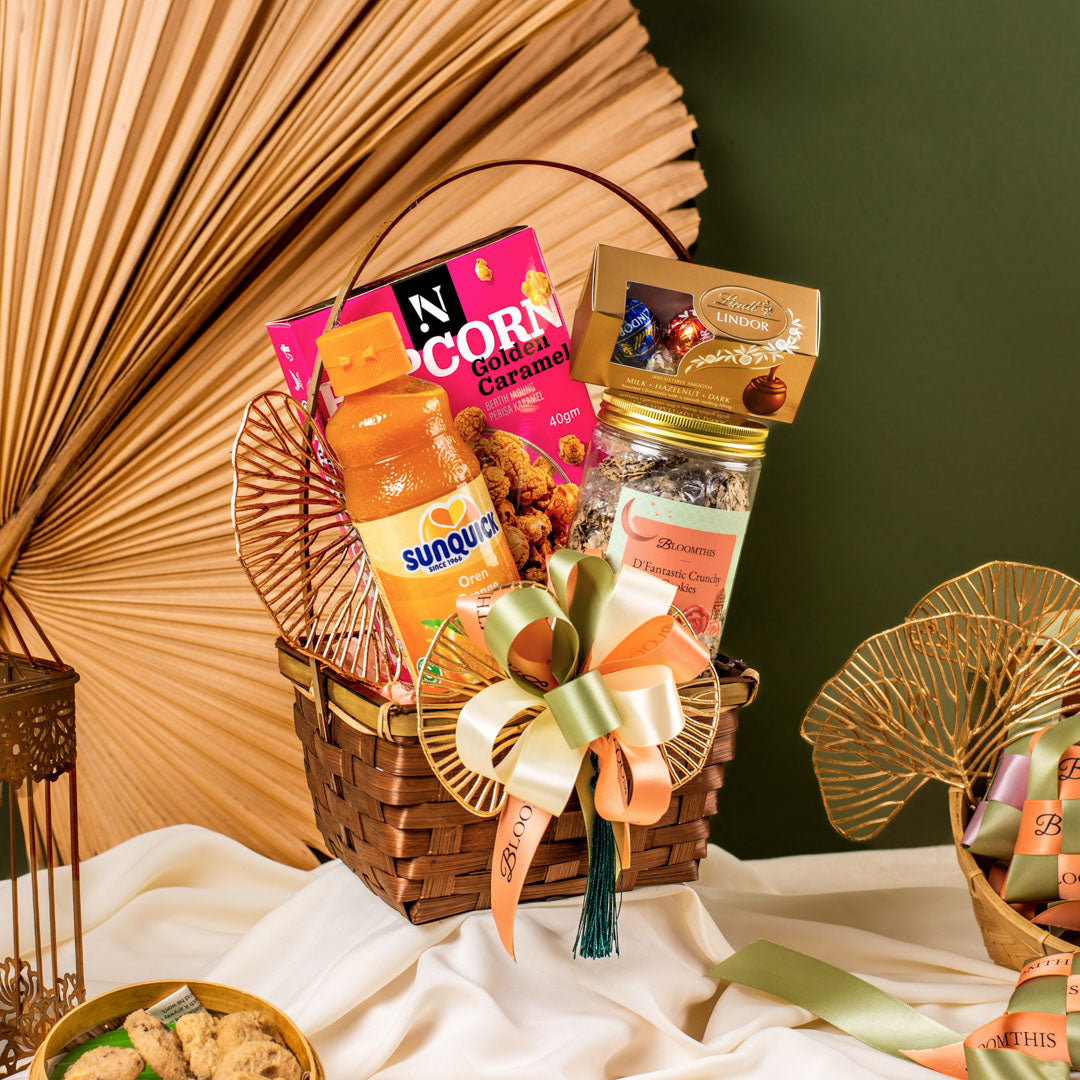
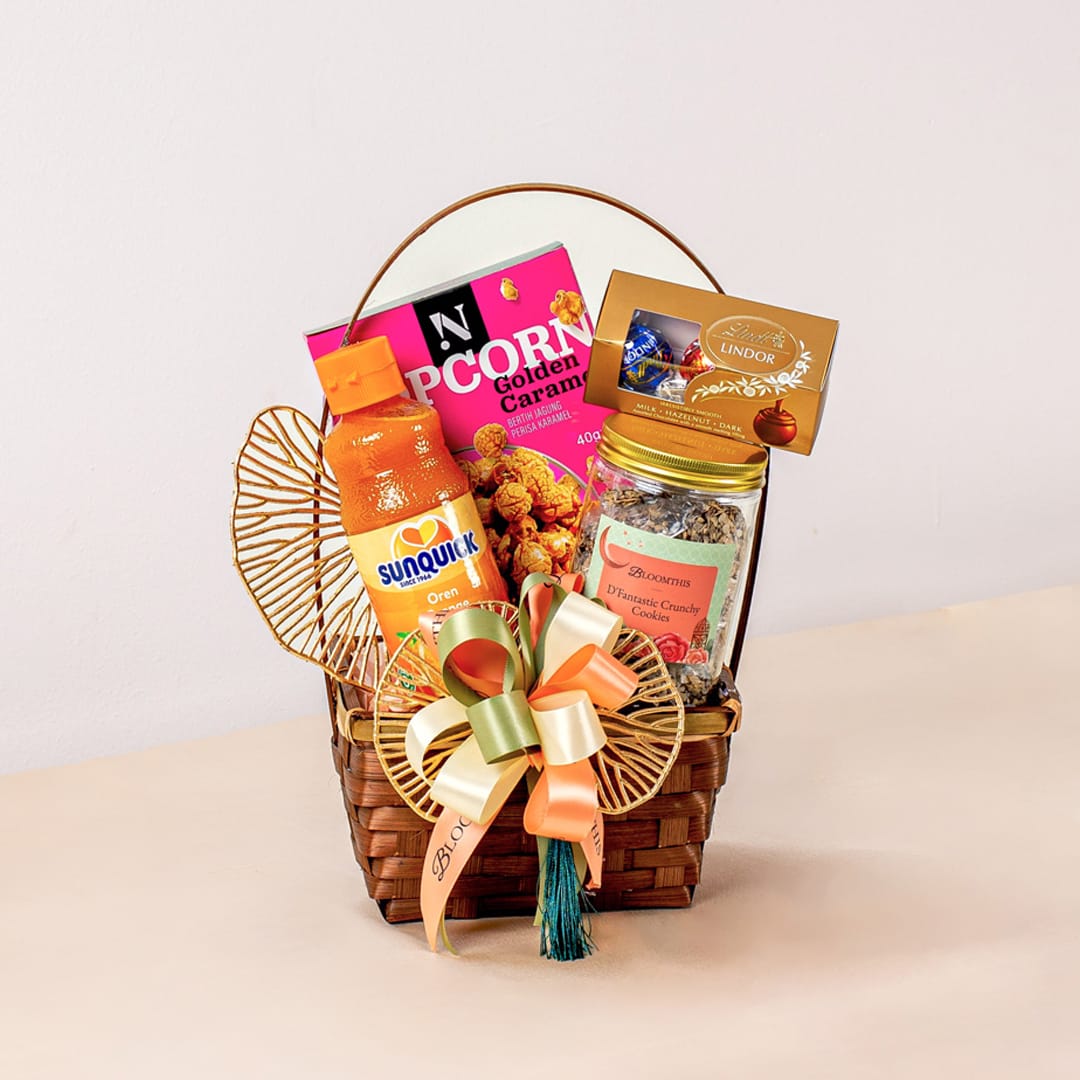
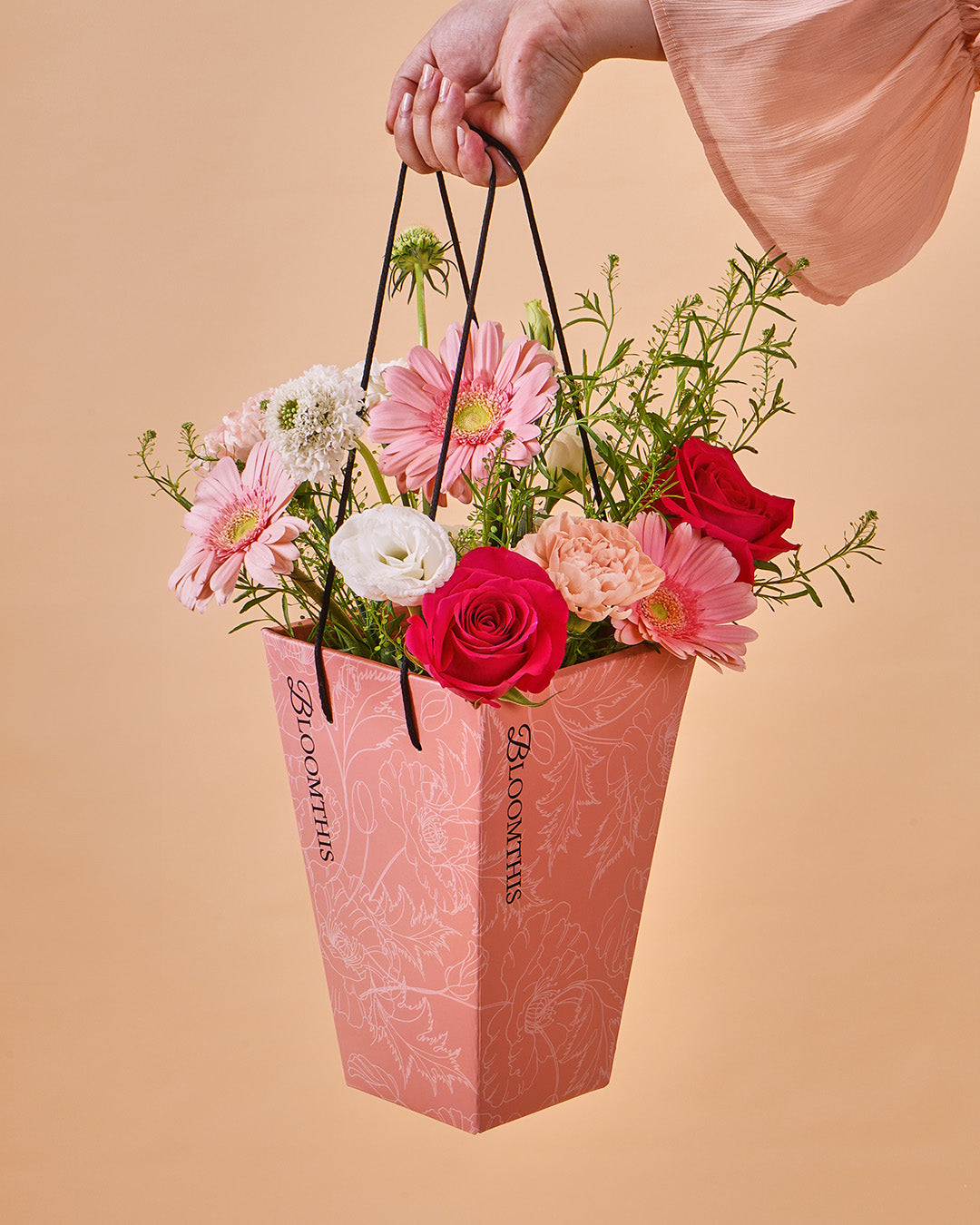


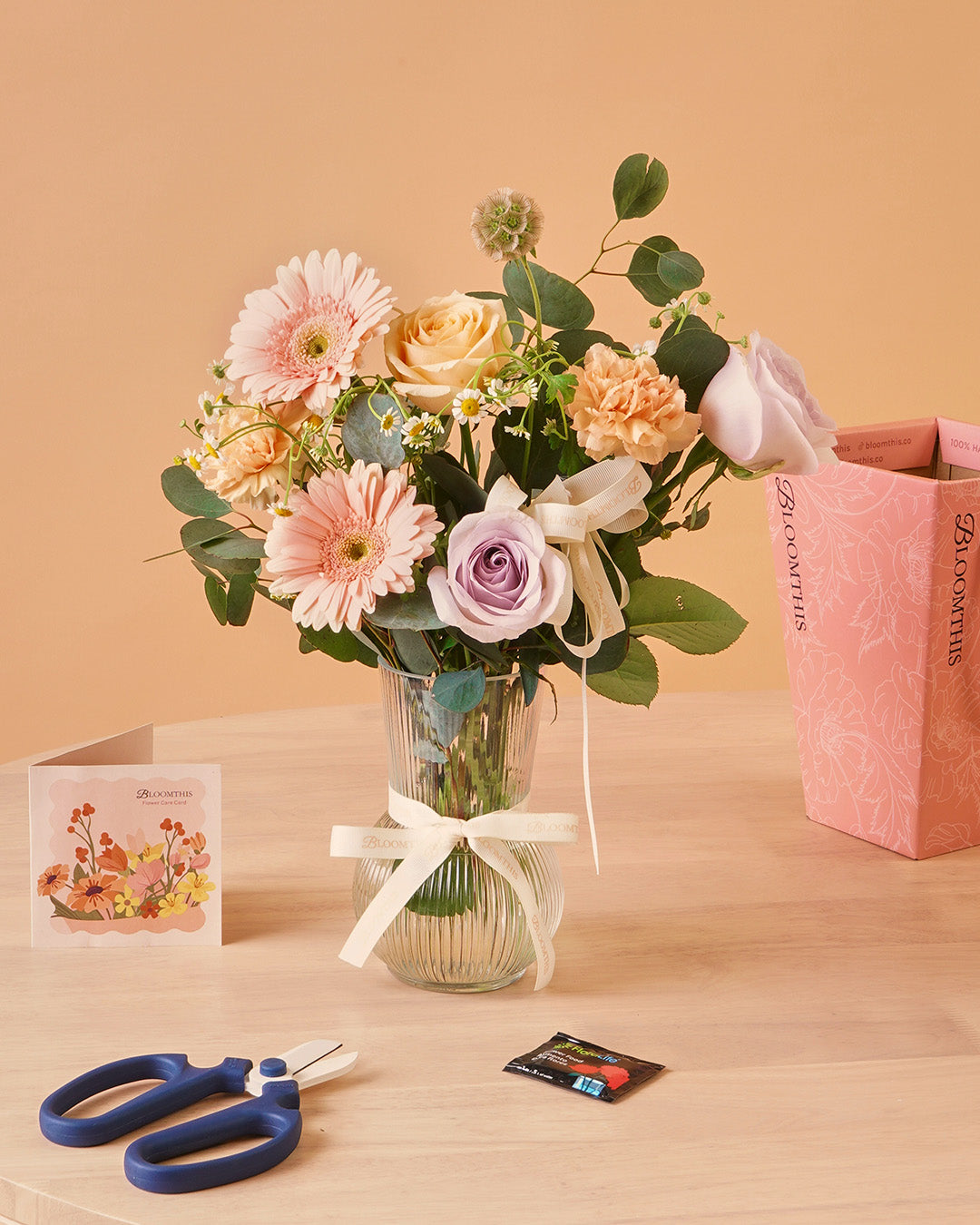

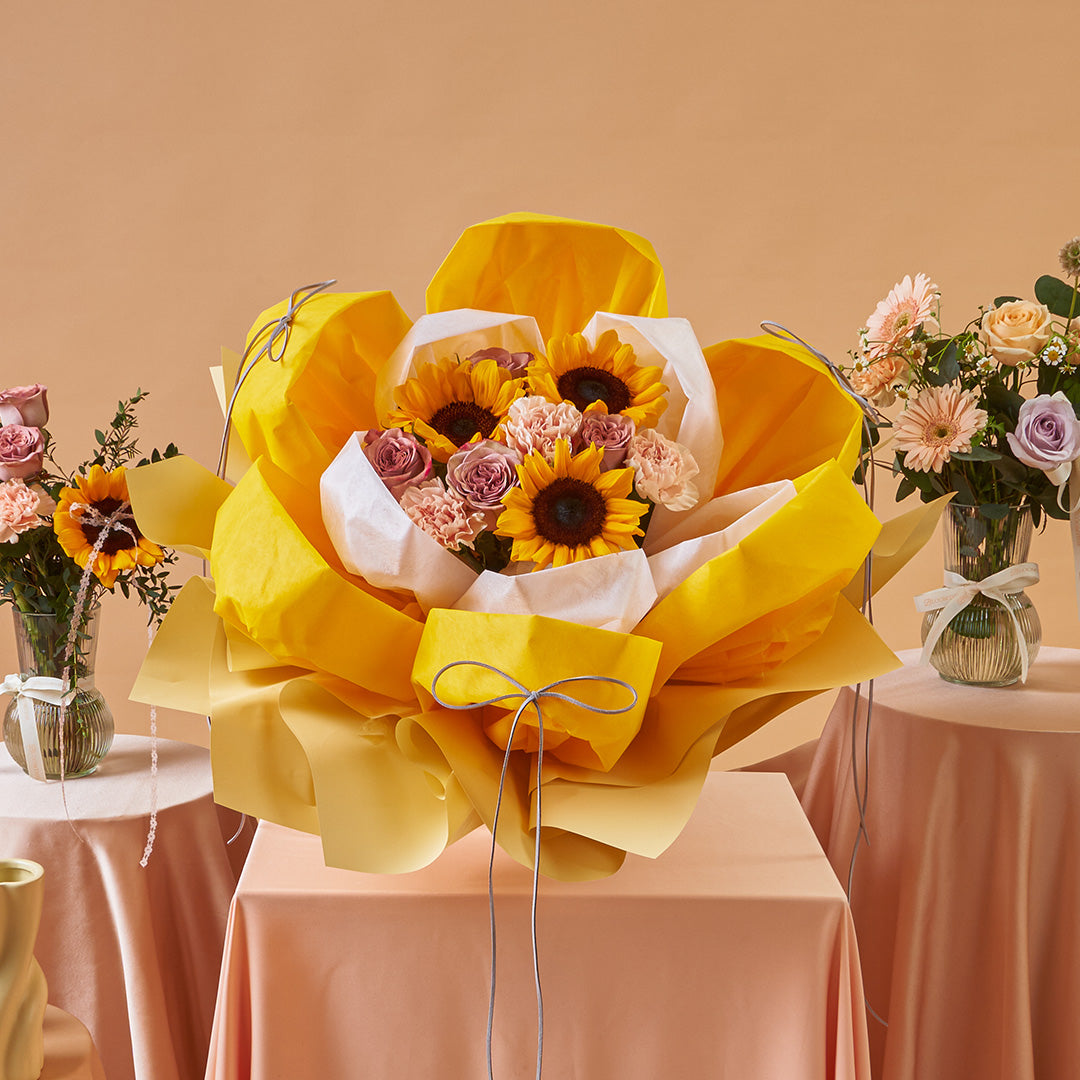
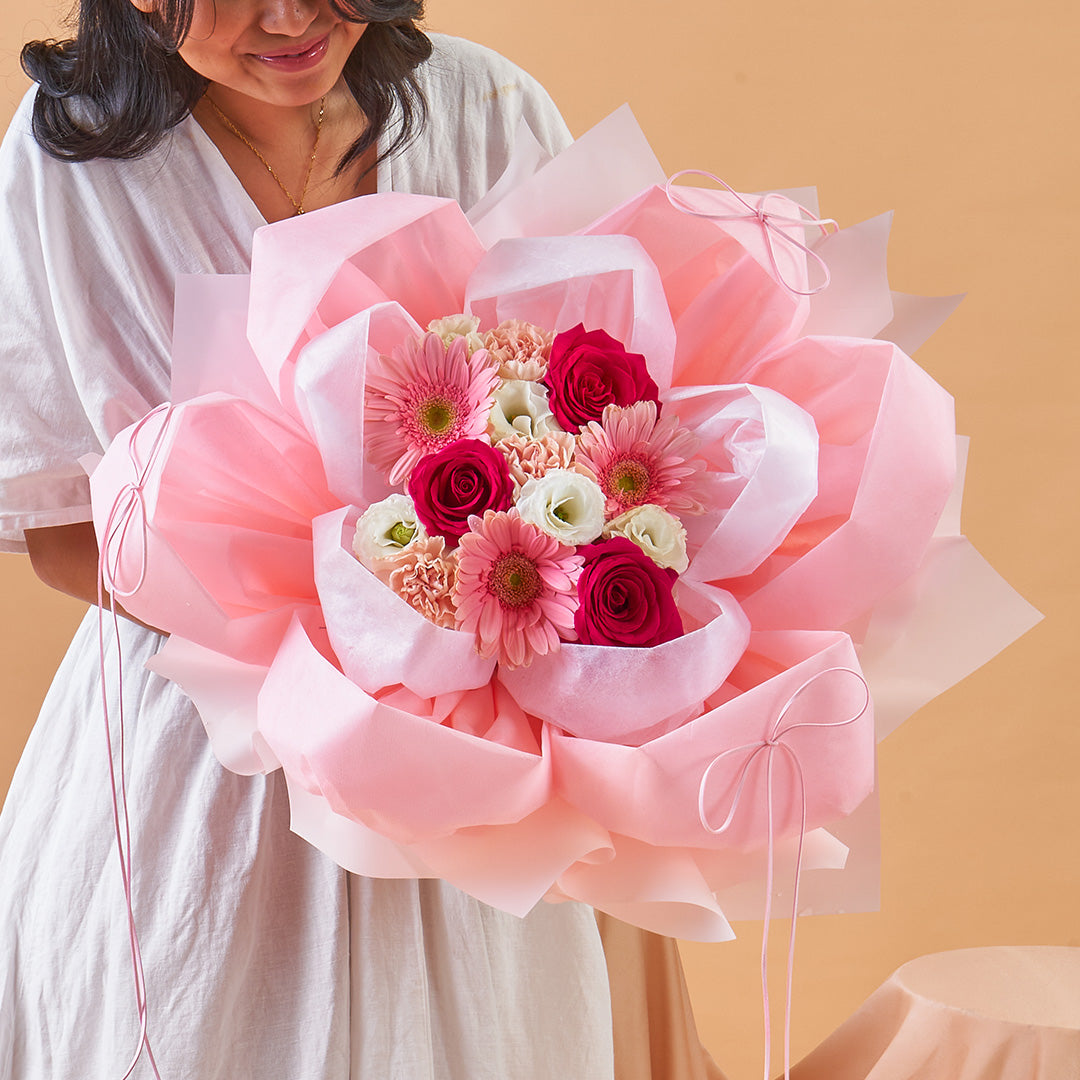
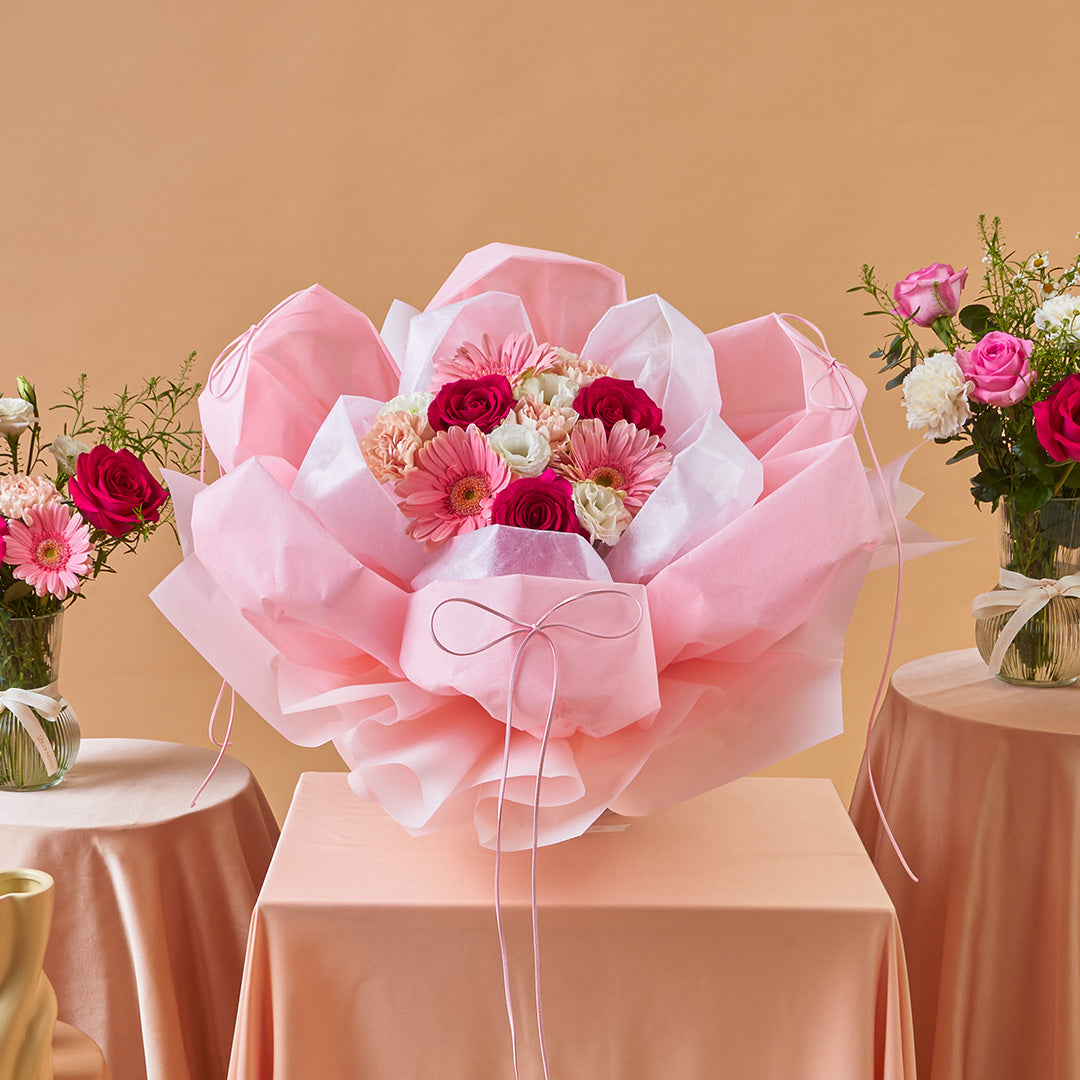


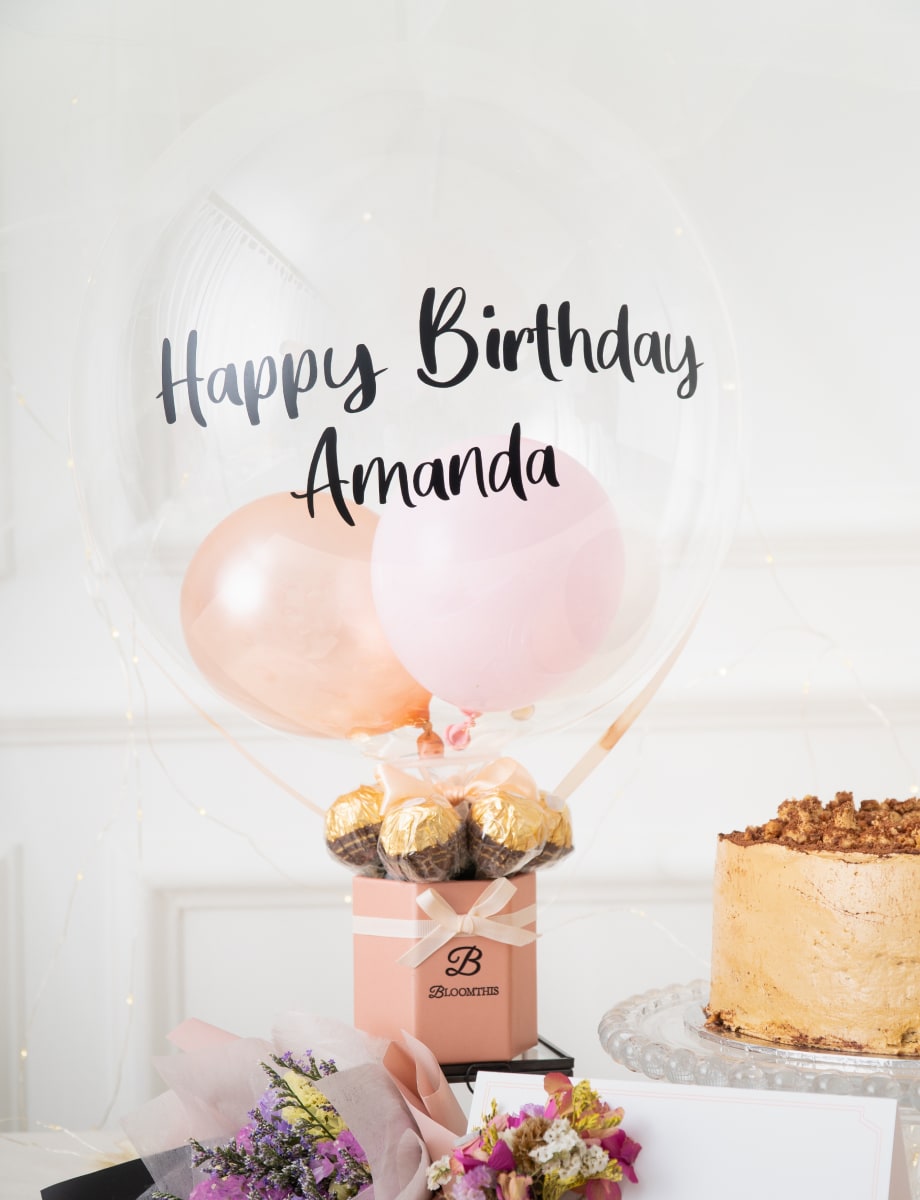

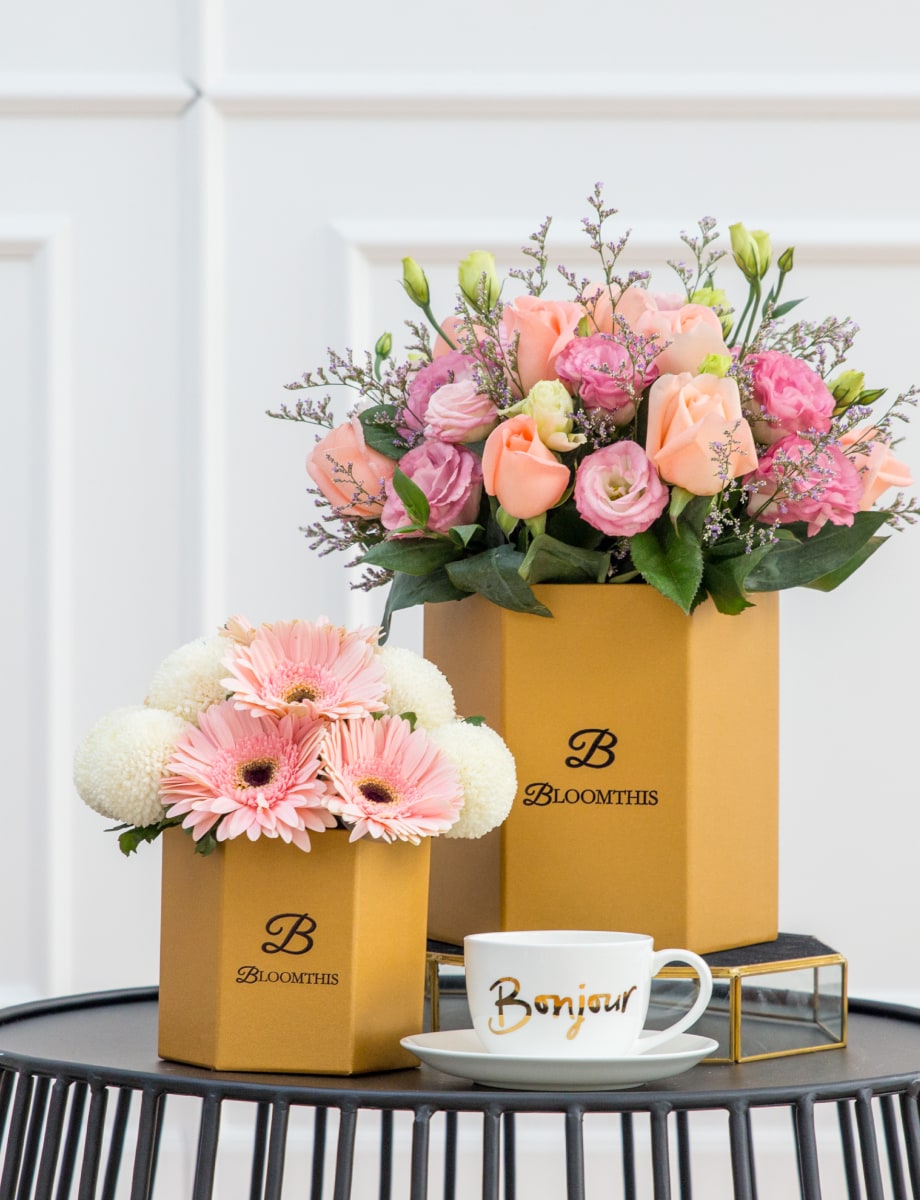
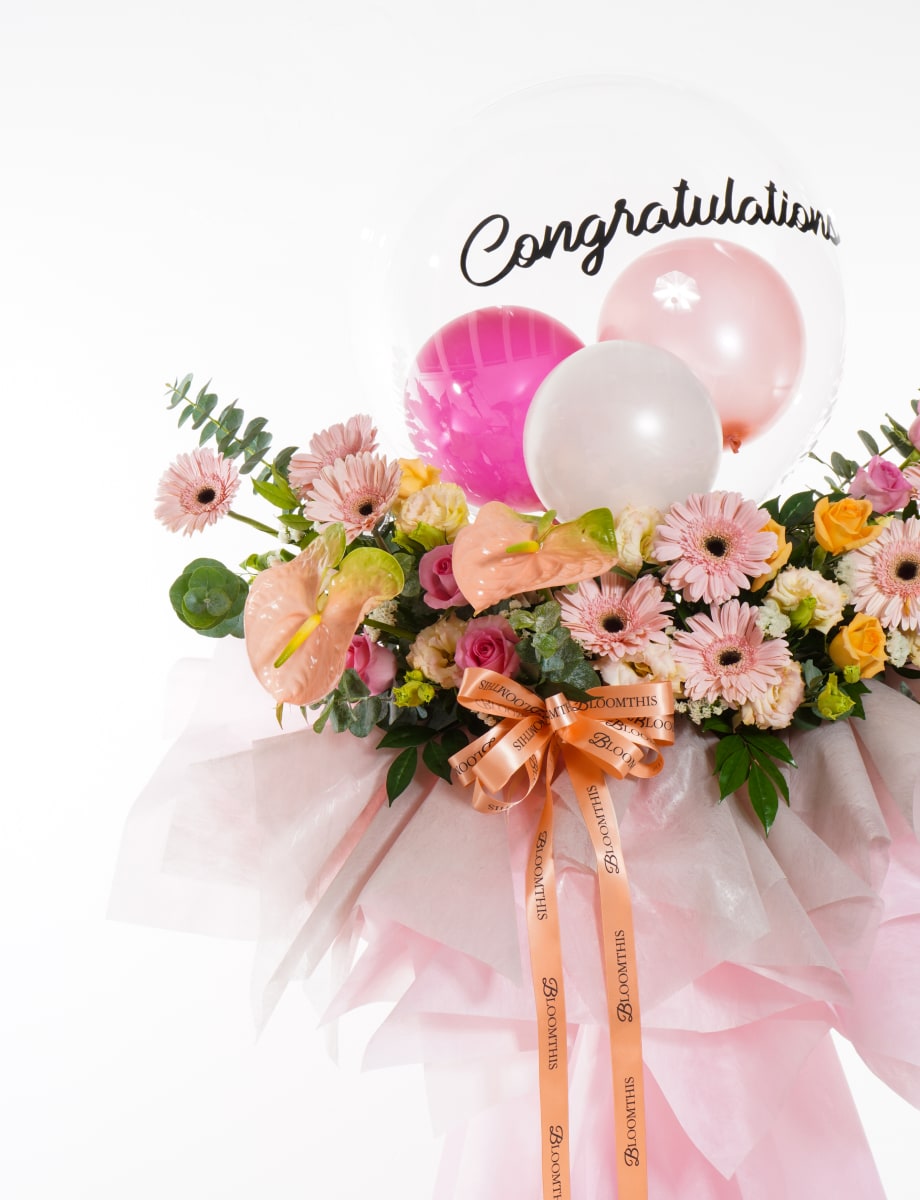
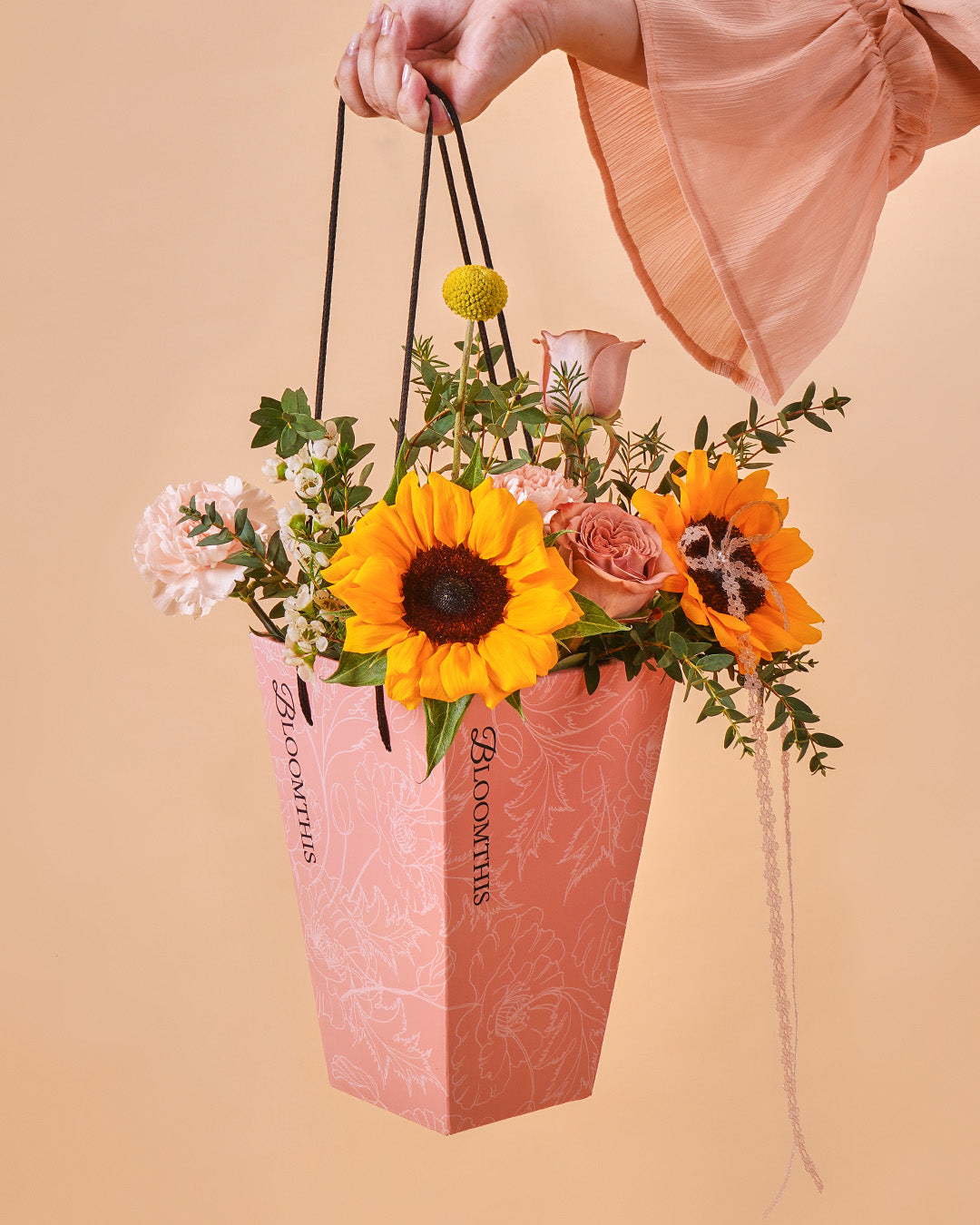
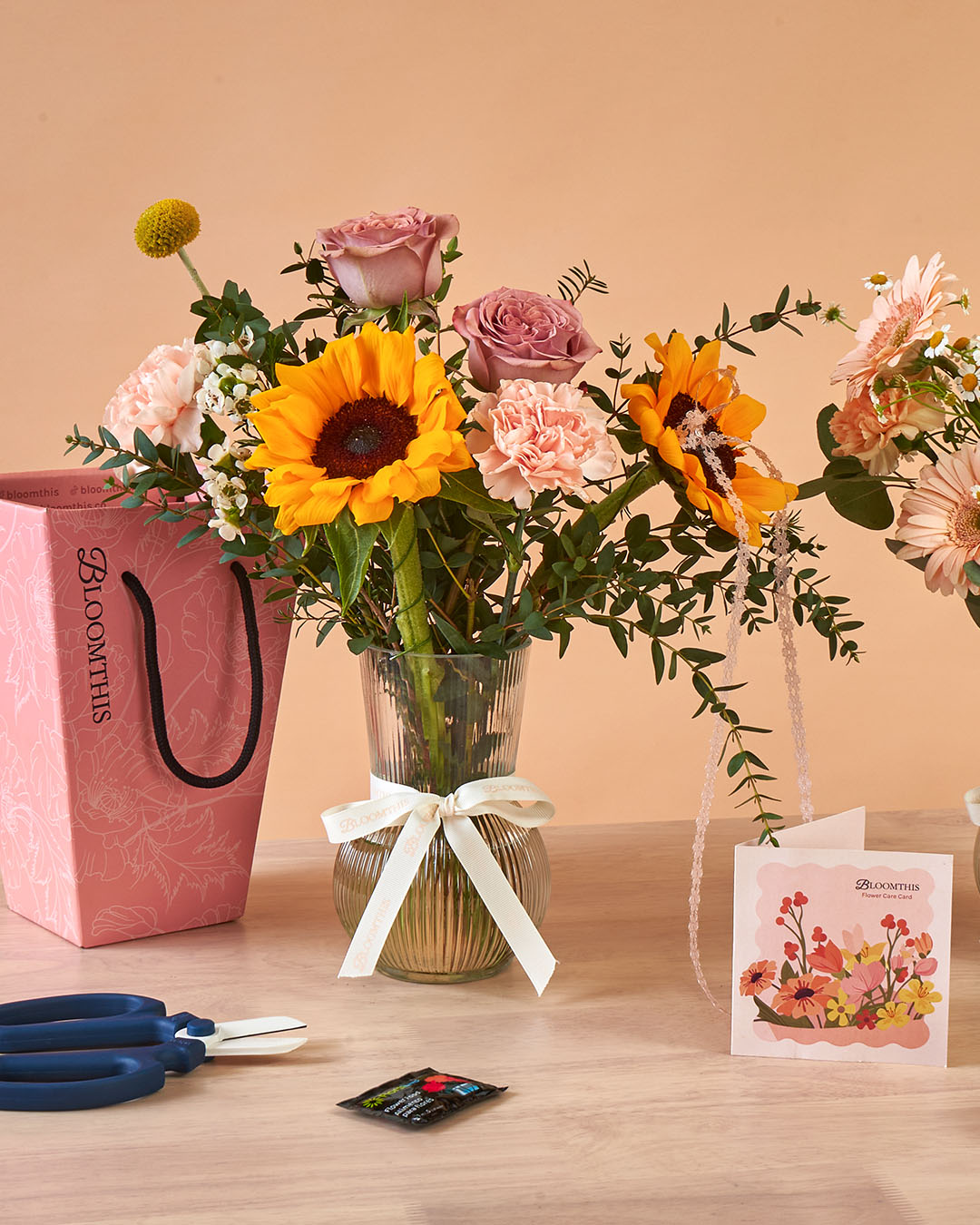
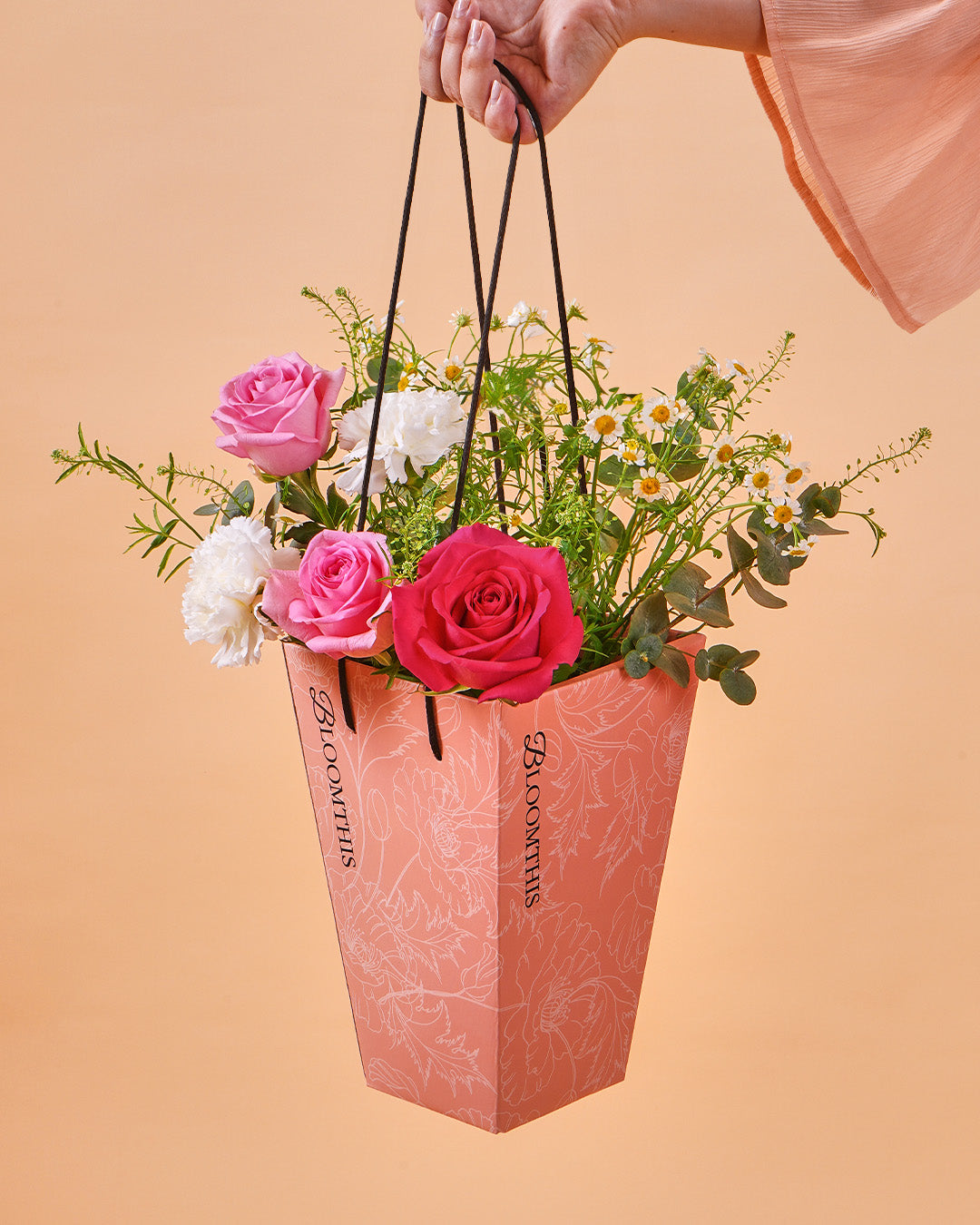
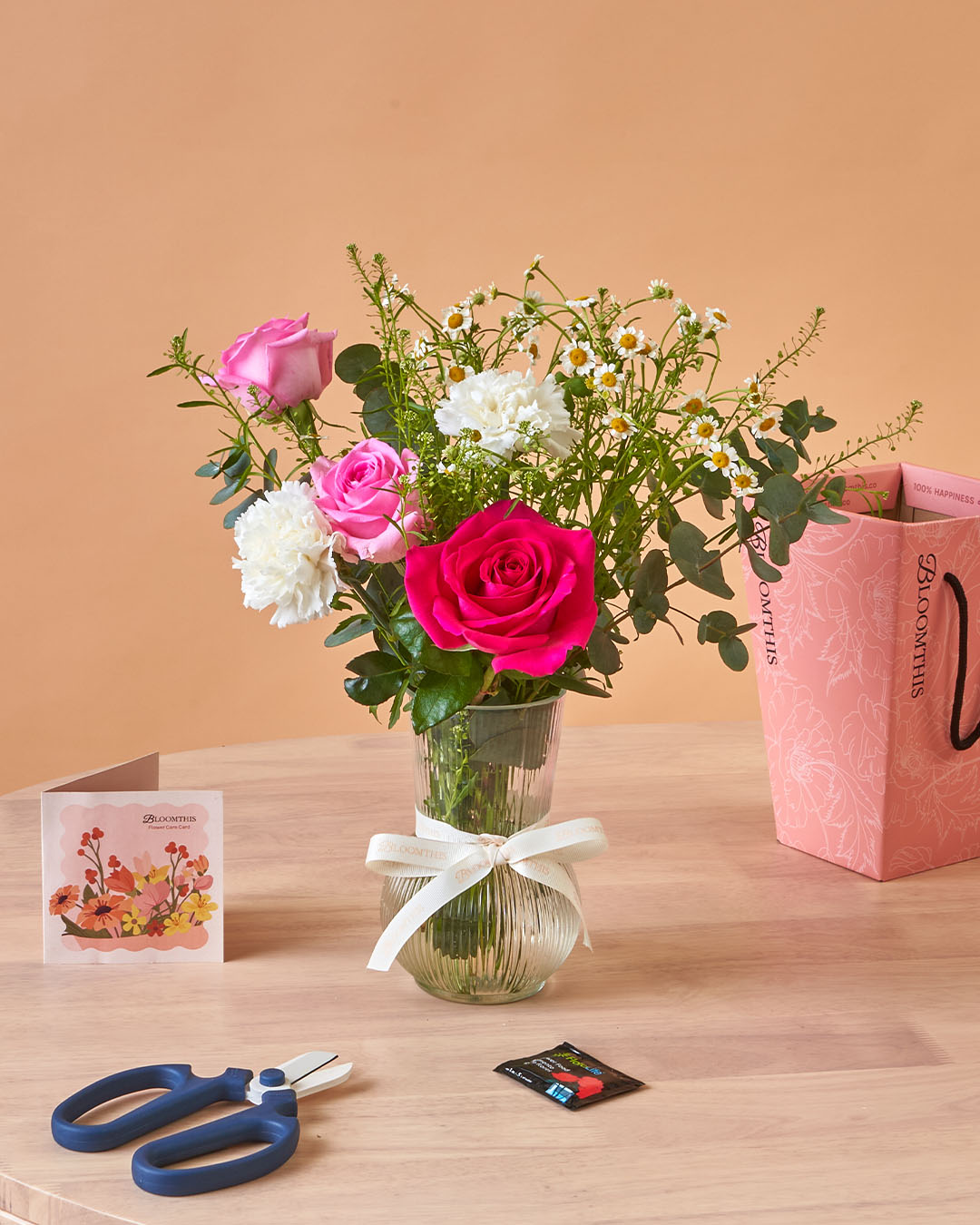


Leave a comment
This site is protected by reCAPTCHA and the Google Privacy Policy and Terms of Service apply.